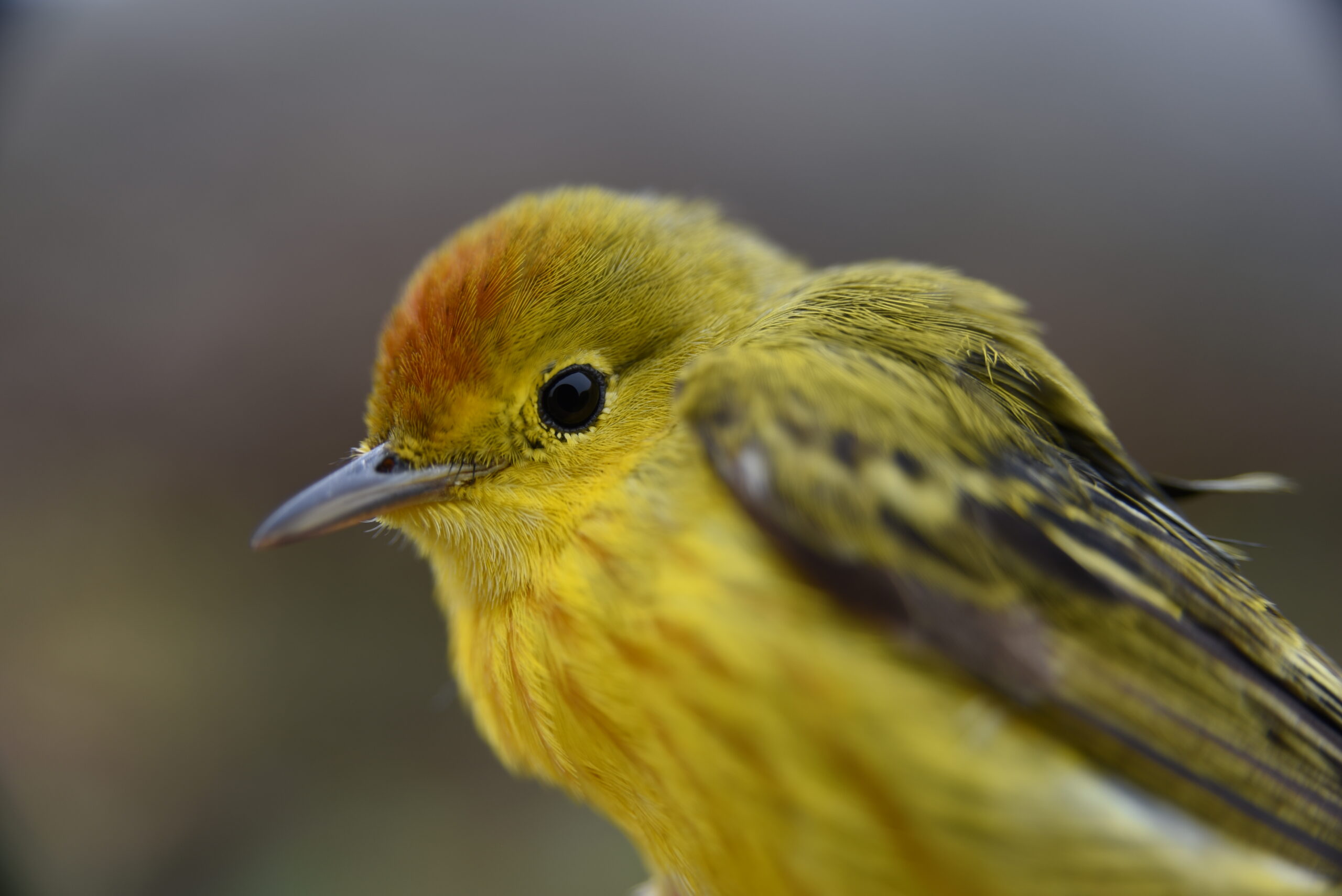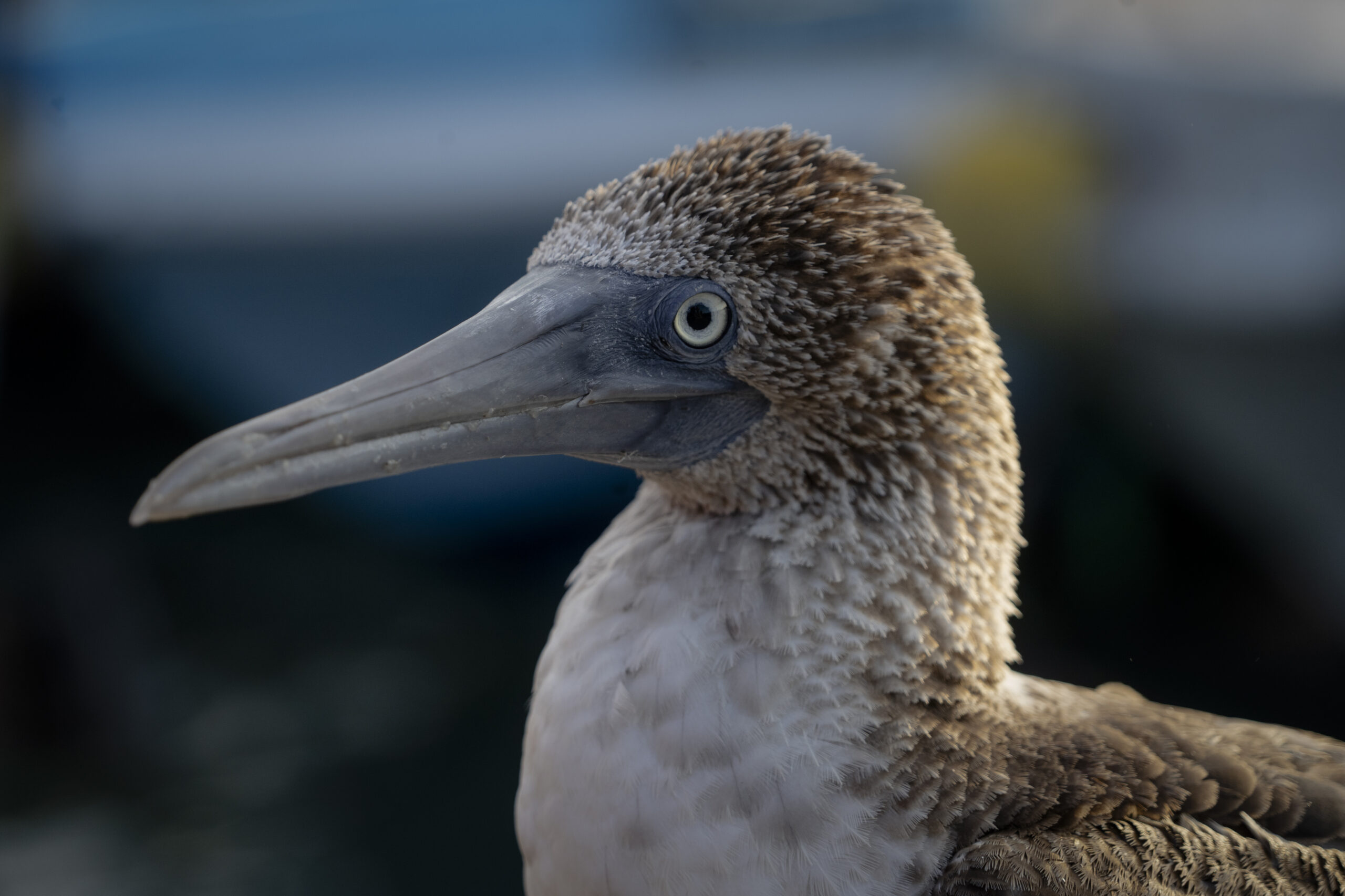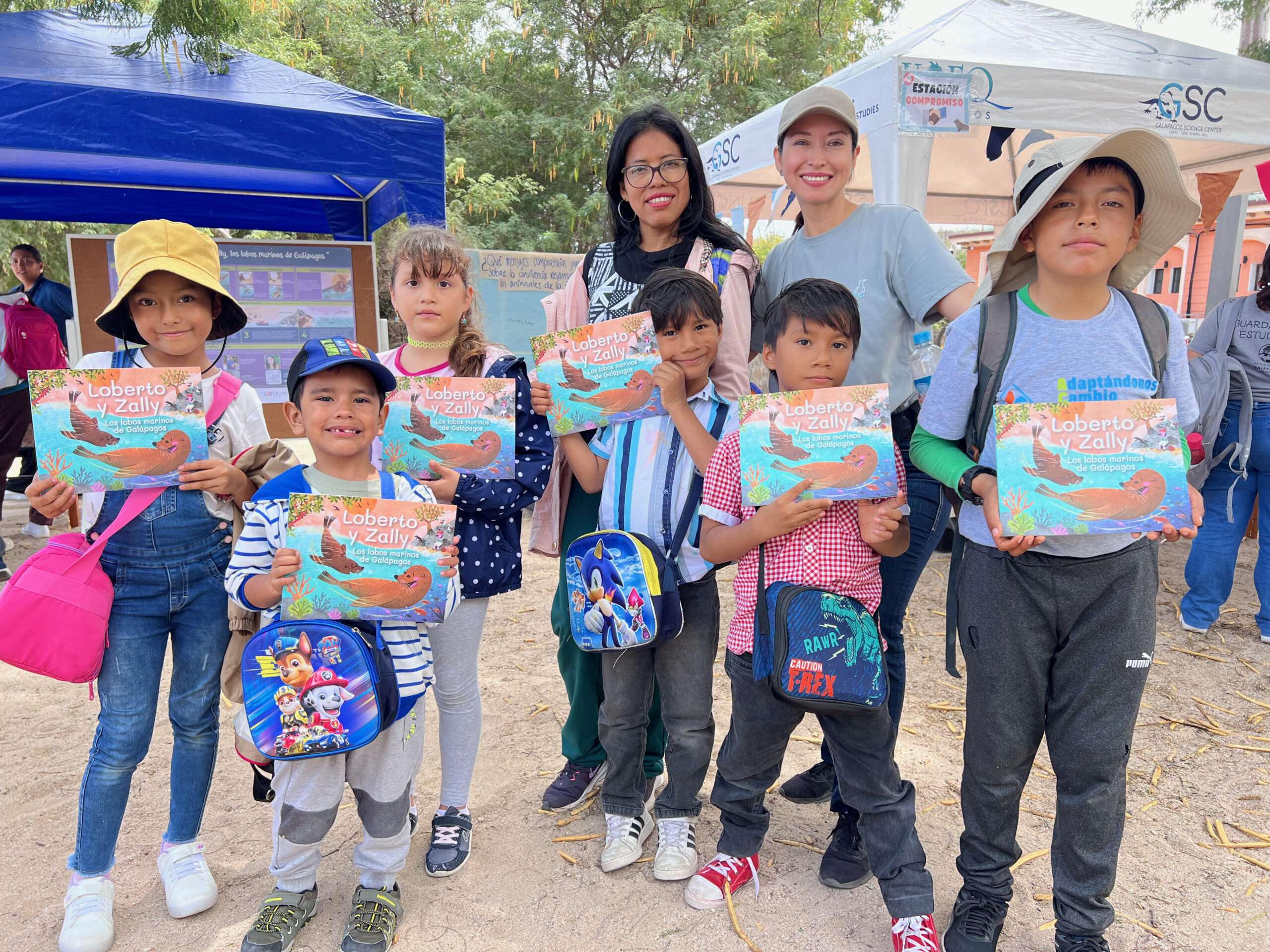The gender gap in the field of science, technology, engineering and mathematics (STEM) is no secret to anyone. Historically, the presence of women in these areas has been limited and despite the fact that there are great efforts to promote spaces for women’s participation, many of them still have to face difficulties and obstacles that are just due to their gender.
For Diana Pazmiño, a female GSC researcher and teacher from the Galapagos, one of her challenges has been “to build and maintain a solid self-esteem and self-confidence over time.” Diana acknowledged that the academic and scientific world is still an unfriendly place for women, where on many occasions they are judged or it is constantly assumed that they are not capable of certain things.
Likewise, for Daniela Alarcón, researcher and member of the GSC staff, facing gender inequality has prompted her to be better in her field. “Sometimes you can see preferences of men before women, and you also see inequality in several related points such as field work, the maternity issue, the salary issue, credibility, among others, but that has rather been a challenge that prompts me to change this situation.”
The Galapagos is a place that stands out for the development of scientific work and research in many fields. Fortunately, the advances and efforts to include women and girls, especially in areas where males have generally predominated, are beginning to give results.
The Galapagos Science Center, aware of this reality, not only seeks to recognize the invaluable work that women carry out and the contribution that their research and findings mean for the sustainability of the archipelago but it is also constantly searching for initiatives where females can thrive.

In 2019, Diana Pazmiño began to shape her initiative called “Gill’s Club”, a space designed so that girls have the opportunity to get closer to science and encourage them to get involved from an early age in the scientific research field.
Camila Ojeda, a 10-year-old girl who has been an active member of the Gill’s Club since 2019, said, “I have read that a lot of women around the world have succeeded in doing science, but to do so they had to face many problems. Now girls have more opportunities to learn from science and research. I feel that being part of Gill’s Club motivates me to follow my wishes and dreams of protecting animals and that this will be very important for the conservation of many species in Galapagos and wherever I am.”
Currently, Diana is one of the leaders of the most important citizen science project developed in Galapagos, “Barcode Galapagos”, also known as BARCODE. Among other things this project it is characterized by seeking gender equality among its participants, with 47% of the people hired being women and occupy in leadership and decision-making positions.
Empowering women not only in the field of science and technology, but in all areas of life, requires joint efforts. This is why the United Nations General Assembly decided to proclaim in 2016 that February 11 is the International Day of Women and Girls in Science with the aim of achieving equitable access and participation in science. Today we celebrate all the GSC has done to help continue to empower women to make important contributions to science, the Galapagos, and the world.






